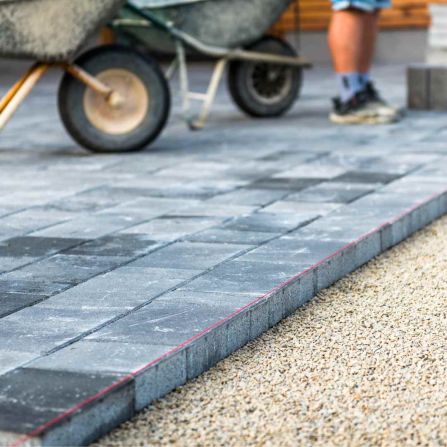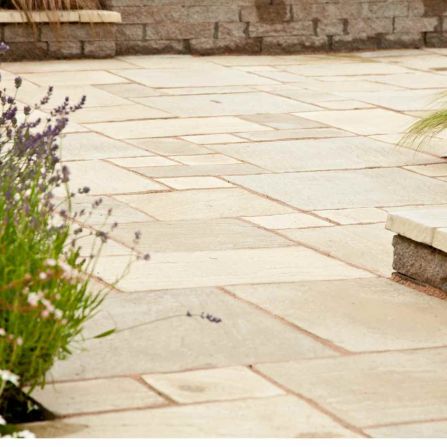
What is a Concrete Driveway
Concrete driveway is named as such because it is paved in concrete. The basic rules of making concrete is therefore applicable. Other prerequisite tasks that preceded road paving is equally applicable.
Beneath the Concrete Pavement
The ground that receives the concrete and other components must be adequately prepared in composition, and level ahead of pouring concrete i.e. all route survey related tasks concluded, and the subgrade, subbase and base are in place and well compacted in right sequence and properly shaped to direct water away from the driveway.


Beneath your concrete pavement is your base, a layer of imported, suitable and well compacted material. This is to provide solid foundation for your concrete pavement. This material could be naturally occurring laterite or well graded crushed stones etc. You may find out what is commonly used in your locality. As the name suggests, the subbase is beneath the base, it may be composed of same type of material with the base or a variation of it. A thickness of 150mm is generally suitable for the base and subbase. Subgrade sit underneath the base and is the graded natural ground prepared to receive the subbase, it must be sound and well compacted. Where the grade is too weak, you must stabilize it otherwise the road may fail.
Concrete Pavement Composition
The concrete surface is a solidified mix of cement, fine and coarse aggregates, this mix proportion must be such that the resulting concrete is strong enough to withstand the anticipated stress. Also within the concrete pavement are, anti-crack bars, dowel bars and other forms of steel element serving one form of purpose or another. Appropriate geotextile fabrics sits right above the subgrade, underneath the concrete. This further stabilizes the driveway.


The concrete pavement sit right above the geotextile lined base, during construction the limits of each concrete is set with the use of formwork. Wood is the most common material used for formwork. For more extensive or repeated work the use of mild steel form may be considered. The high initial cost of steel formwork will cancel-out through repeated use. There are other forms of formwork usually required when you need to achieve a complex shape or for other reasons. You may not require them.
Crack control and surface finish
You don’t want a new driveway that upsets you when you drive over it, you therefore need to pay attention to the surface finish, and this range from simple tapping to well stained and sealed stamped concrete finish. Irrespective of the complexity of the finish you applied to your concrete driveway, if cracks it will lose its appeal.


It is therefore necessary to ensure that the concrete pavement does not crack, to ensure this you must provide and fix anti-crack bars in the pavement, this is usually light reinforcement bars or mesh fabrics laid close to the surface of the pavement , about 50mm below the surface. The ideal pavement thickness is 150mm. The concrete pavement should be cast when the weather is cool and after the initial setting the concrete should be kept moist.
Lest I forget, once the driveway exceed certain dimensions, it becomes necessary to introduce expansion joints at reasonable intervals and to prescribed width and specifications. This may require fixing of dowel bars and expandable sealant to accommodate limited movement due to expansion and contraction. These measures will prevent the unwanted cracks.
Our Location
Stanley Road, Manchester, M16 9DH
Telephone : 0161 8774142
Email : contact(at)drivewaysmanchester.com






